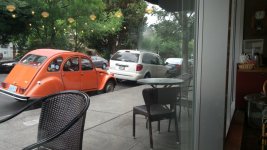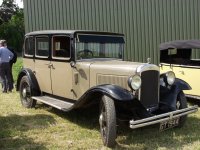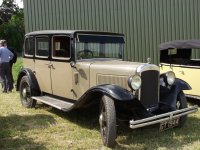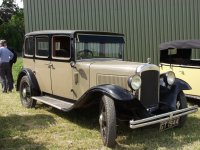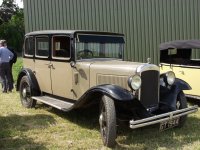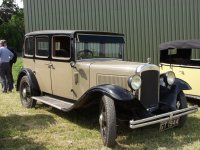Yokosuka_Mike
Abstract Clarity
Yokosuka Mike, that is a beautiful ute (pickup).
Thank you, Pyeh, it's kind of you to take the time to comment on my post.
It was the first Toyota Crown UTE that I'd ever seen on the road.
All the best,
Mike
Yokosuka_Mike
Abstract Clarity
Not a color scheme I'd choose for a respray

*
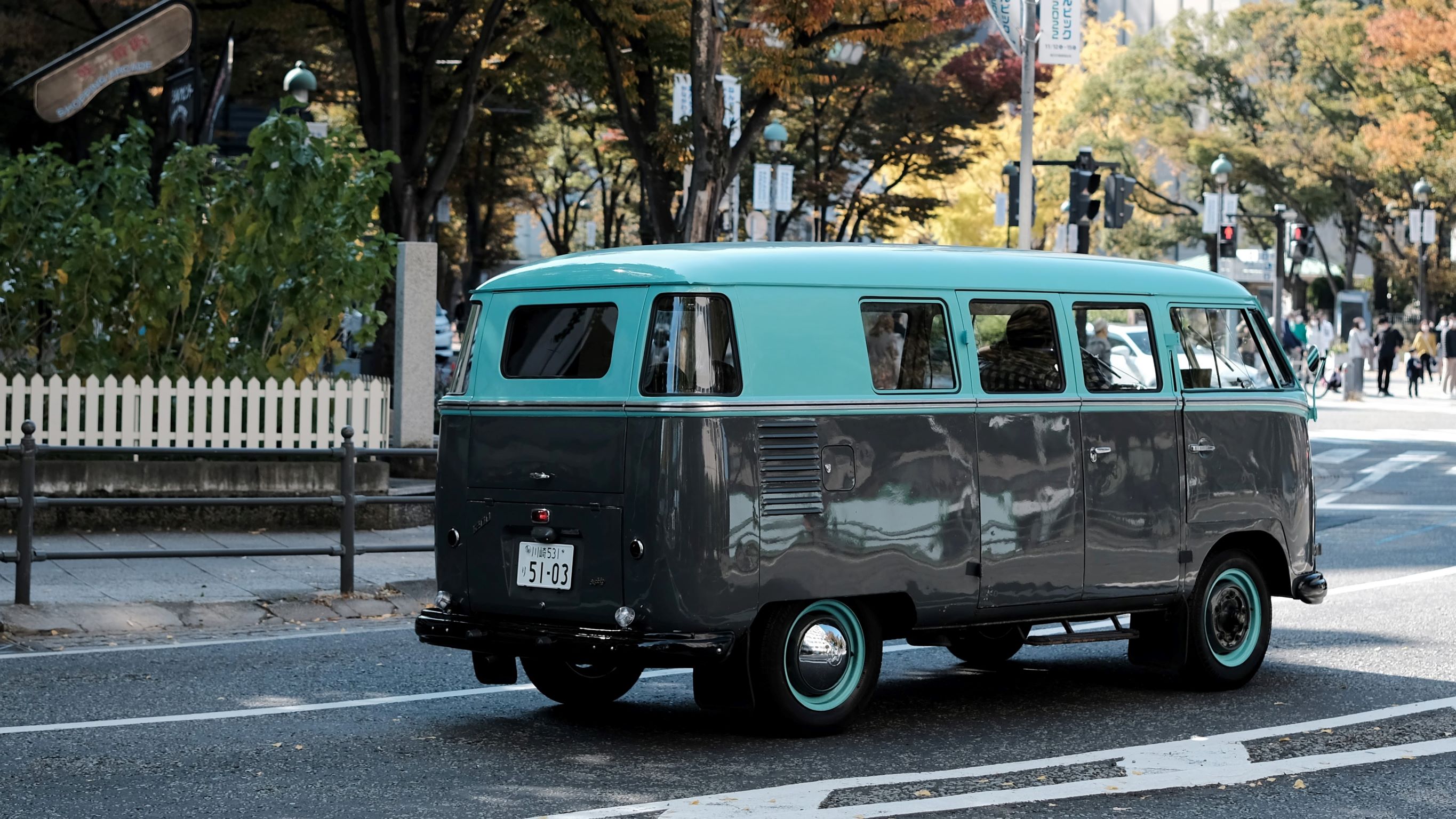
Fujifilm X-H1, Fujinon XF 33mm f1.4 R LM WR lens
Classic Chrome film simulation
Yokohama, Japan - November 2022
Image resized smaller than original
Classic Chrome film simulation
Yokohama, Japan - November 2022
Image resized smaller than original
Joao
Negativistic forever
The penultimate 2CV to be assembled. The last one is currently at the Citroen Museum in France.
 The Penultimate by João Avelar, on Flickr
The Penultimate by João Avelar, on Flickr
A military version of the 2CV Mehari – it was used 50 years ago in the last years of the colonial wars in Guinea-Bissau
 Military version by João Avelar, on Flickr
Military version by João Avelar, on Flickr
Interested in more 2CV photos?? I have a small album in my Flickr account
https://www.flickr.com/photos/joaofr...57671001020396
Regards
Joao
 The Penultimate by João Avelar, on Flickr
The Penultimate by João Avelar, on FlickrA military version of the 2CV Mehari – it was used 50 years ago in the last years of the colonial wars in Guinea-Bissau
 Military version by João Avelar, on Flickr
Military version by João Avelar, on FlickrInterested in more 2CV photos?? I have a small album in my Flickr account
https://www.flickr.com/photos/joaofr...57671001020396
Regards
Joao
Absolutely right—centre point steering. Fitted to D, SM and GS Citroëns (I cannot recall, at present if the CX also incorporated this, but it did not have inboard front discs, and with its DIRAVI/Varipower steering control, would arguably have benefited less from it).One aspect of the D's suspension that is often overlooked is the steering pivot point being central to the road wheel. This means that when a tyre goes flat the the additional drag is centralised on the wheel and does not pull the car to one side. Hence the reputation for drivers not knowing if a tyre has gone flat. Others may be able to explain this better.........
One other desirable benefit of centre point steering is that (when fitted to a front wheel drive) it eliminates torque steer totally.
Apart from the attributes of the suspension and high pressure braking system, this was one feature I enjoyed demonstrating to first time passengers in a classic DS or GS Cit. I would: ease the car into a sweeping bend; pinch the steering wheel between only one thumb and finger; take my right foot off the pedal, before; abruptly jamming the accelerator to its stop, and immediately easing off. The steering wheel, would not even twitch.
See these period television advertisements (starting from 12:20 time) for some graphic demonstrations of how superlative the GS implementation was; it saved my life, and those of my wife and son on one occasion.
https://www.youtube.com/watch?v=-e47n2dIMmg
It's vintage Citroën design at its finest. A majority of other vehicle manufacturers would design a front suspension geometry tweaked to minimise the effects of torque steer. Citroën, on the other hand chose not to negate the torque steer behaviour of their better models—they simply designed a steering geometry which meant that torque steer did not have to be controlled, because it didn't exist, in the first place. Lefèbvre, Bertoni and Magès were all geniuses.
Dralowid
Michael
The ad with the car heading towards a cliff was filmed near Old Harry at the Southern end of Studland Bay in Dorset.
Why do I remember this? Because we were sitting on the beach not far away and could hear the sound of the hammers trying to destroy a pillbox that would have been in view in the ad.
Why do I remember this? Because we were sitting on the beach not far away and could hear the sound of the hammers trying to destroy a pillbox that would have been in view in the ad.
David Hughes
David Hughes
The GS was a lovely car but the tin bugs loved it and the rust ruined my one. I've not seen one for ages but there's plenty of 2CV's and Dyanes about still. But look at the prices (gasp) !
Regards. David
Regards. David
boojum
Mentor
The GS was a lovely car but the tin bugs loved it and the rust ruined my one. I've not seen one for ages but there's plenty of 2CV's and Dyanes about still. But look at the prices (gasp) !
Regards. David
I just did check the prices. Wohoo! I think I will still hang onto my '87.
Yokosuka_Mike
Abstract Clarity
An alternative to a vintage French rust bucket,
A modern day Renault Alpine
A modern day Renault Alpine
.JPG)
Fujifilm X-H1, Fujinon XF 33mm f1.4 lens
Yokohama, Japan - November 2022
Image resized smaller than original
Yokohama, Japan - November 2022
Image resized smaller than original
Yokosuka_Mike
Abstract Clarity
Back to the classics
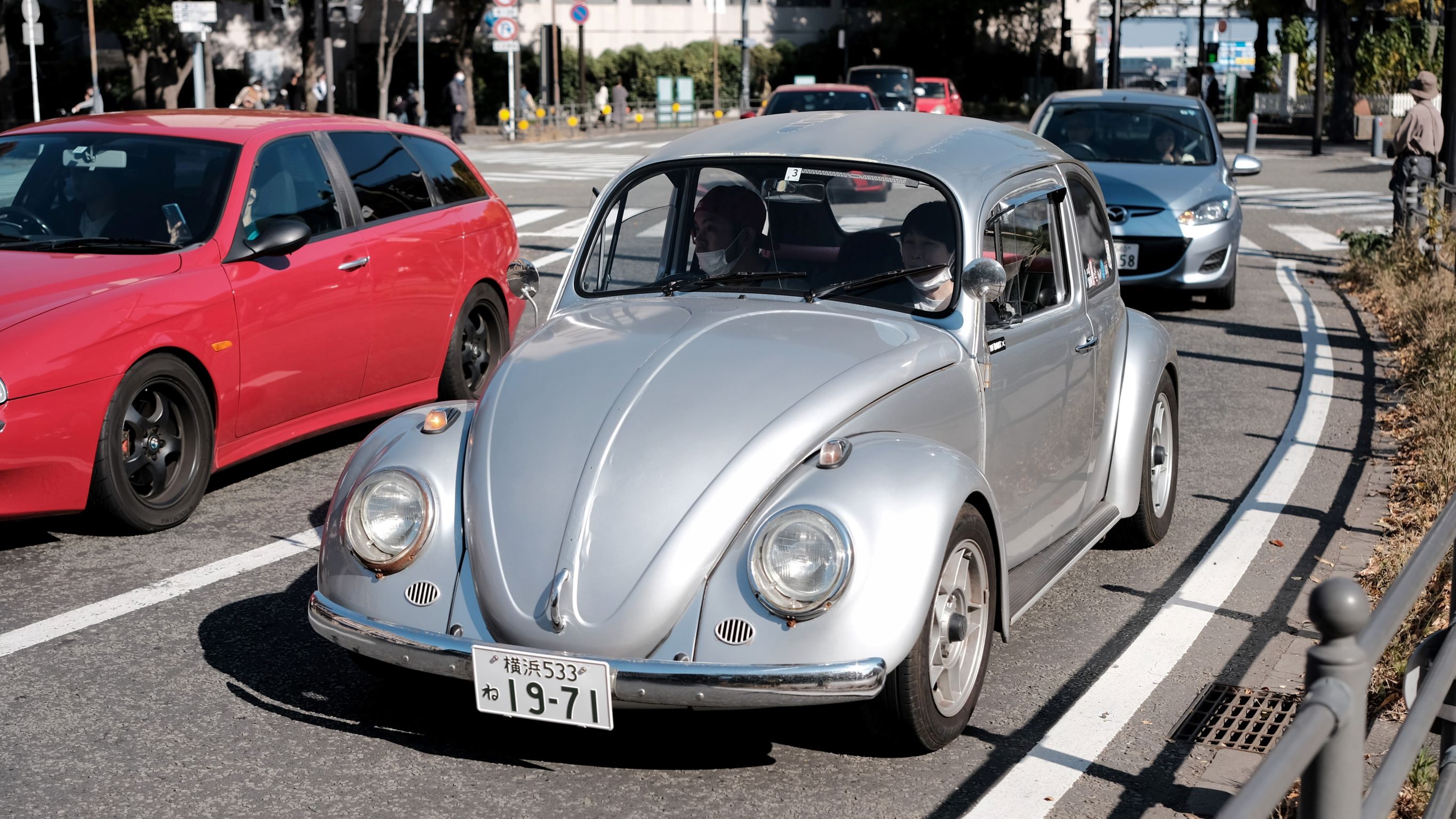
*

Fujifilm X-H1, Fujinon XF 33mm f1.4 lens
Yokohama, Japan - November 2022
Image resized smaller than original
Yokohama, Japan - November 2022
Image resized smaller than original
Yokosuka_Mike
Abstract Clarity
Datsun Fairlady
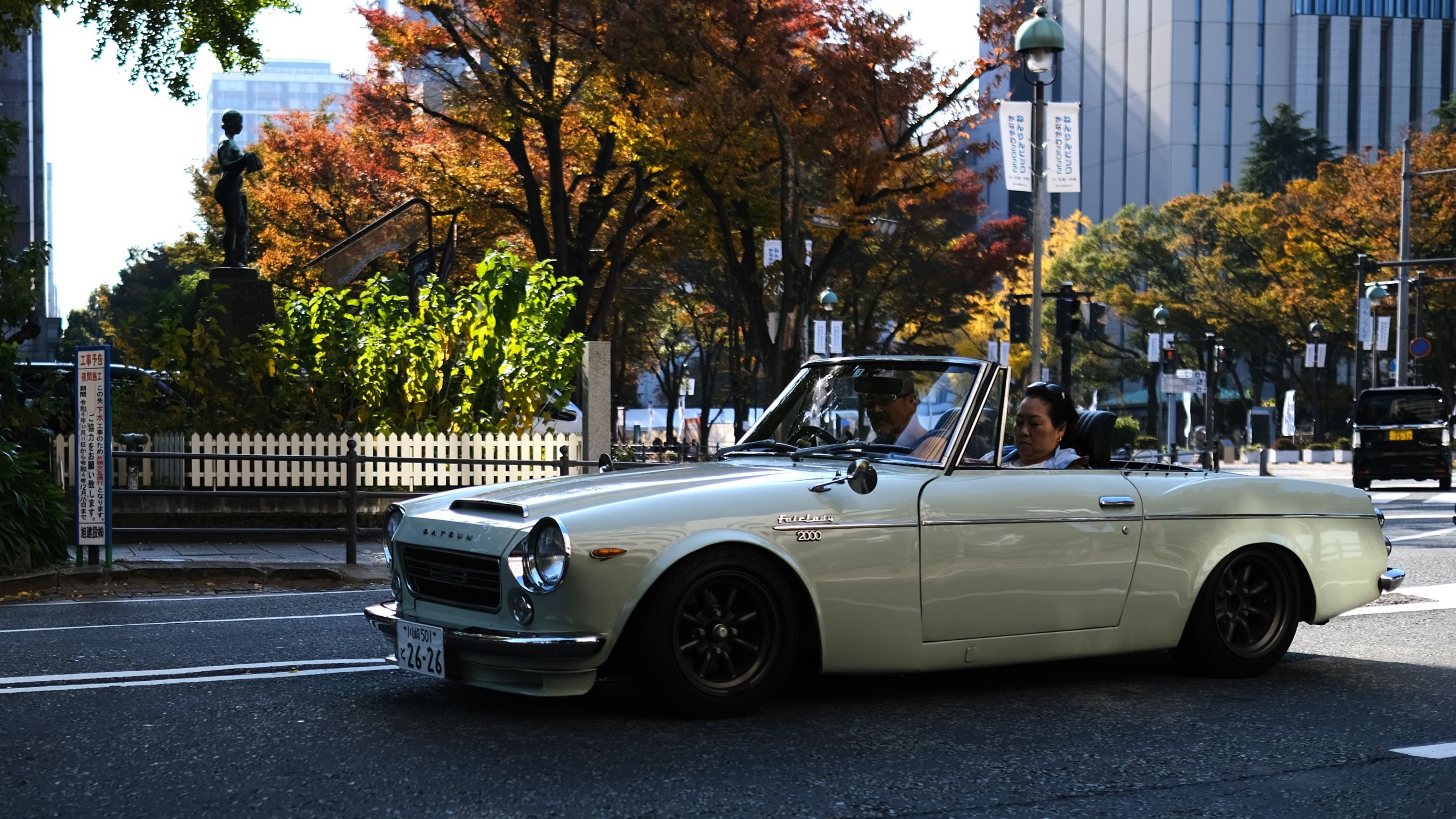
Fujifilm X-Pro3, Fujinon XF 23mm f1.4 lens (the original version)
Astia film simulation
Yokohama, Japan - November 2022
Image resized smaller than original
Astia film simulation
Yokohama, Japan - November 2022
Image resized smaller than original
Yokosuka_Mike
Abstract Clarity
Subaru 365 and Austin Mini
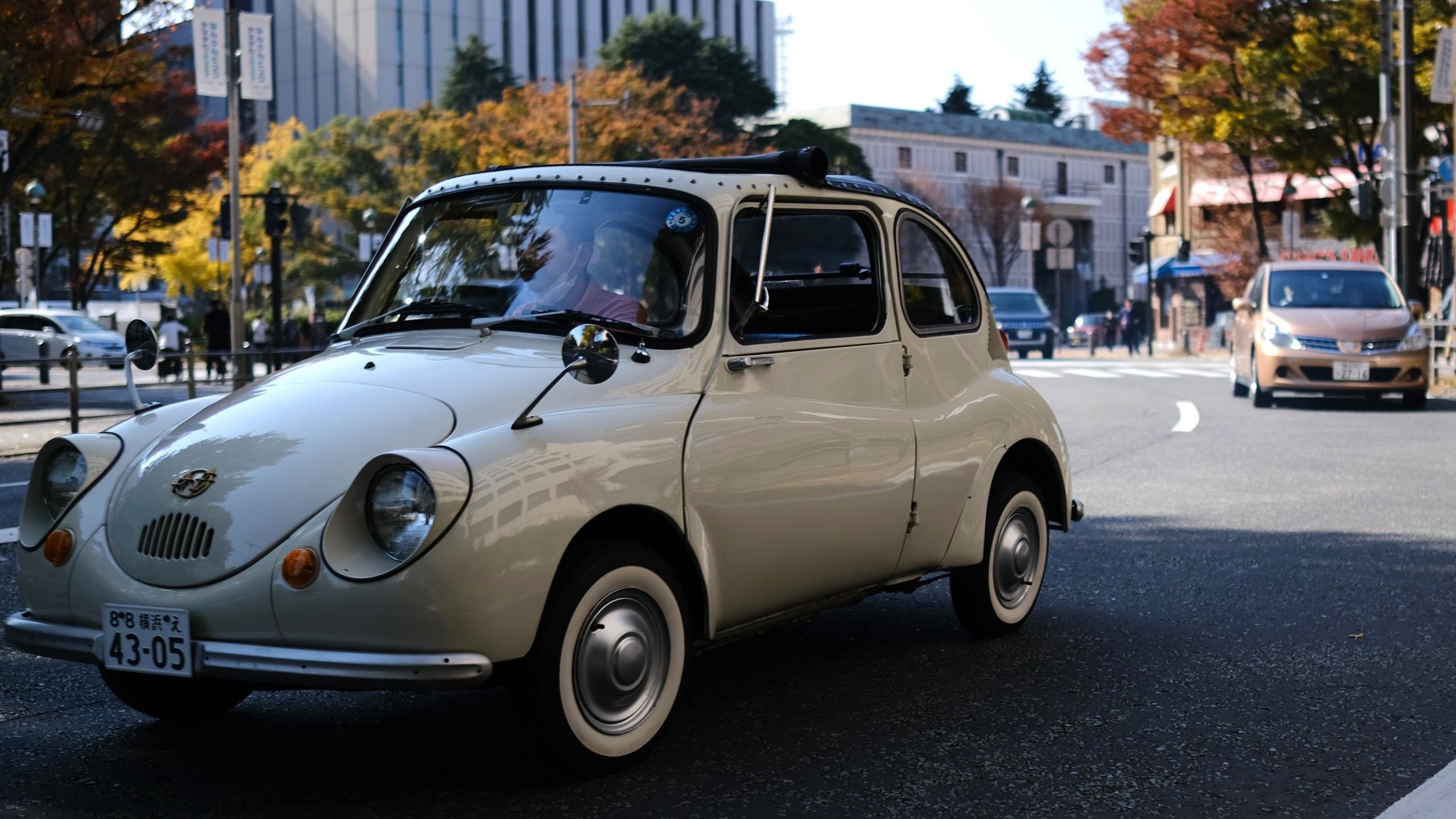
*
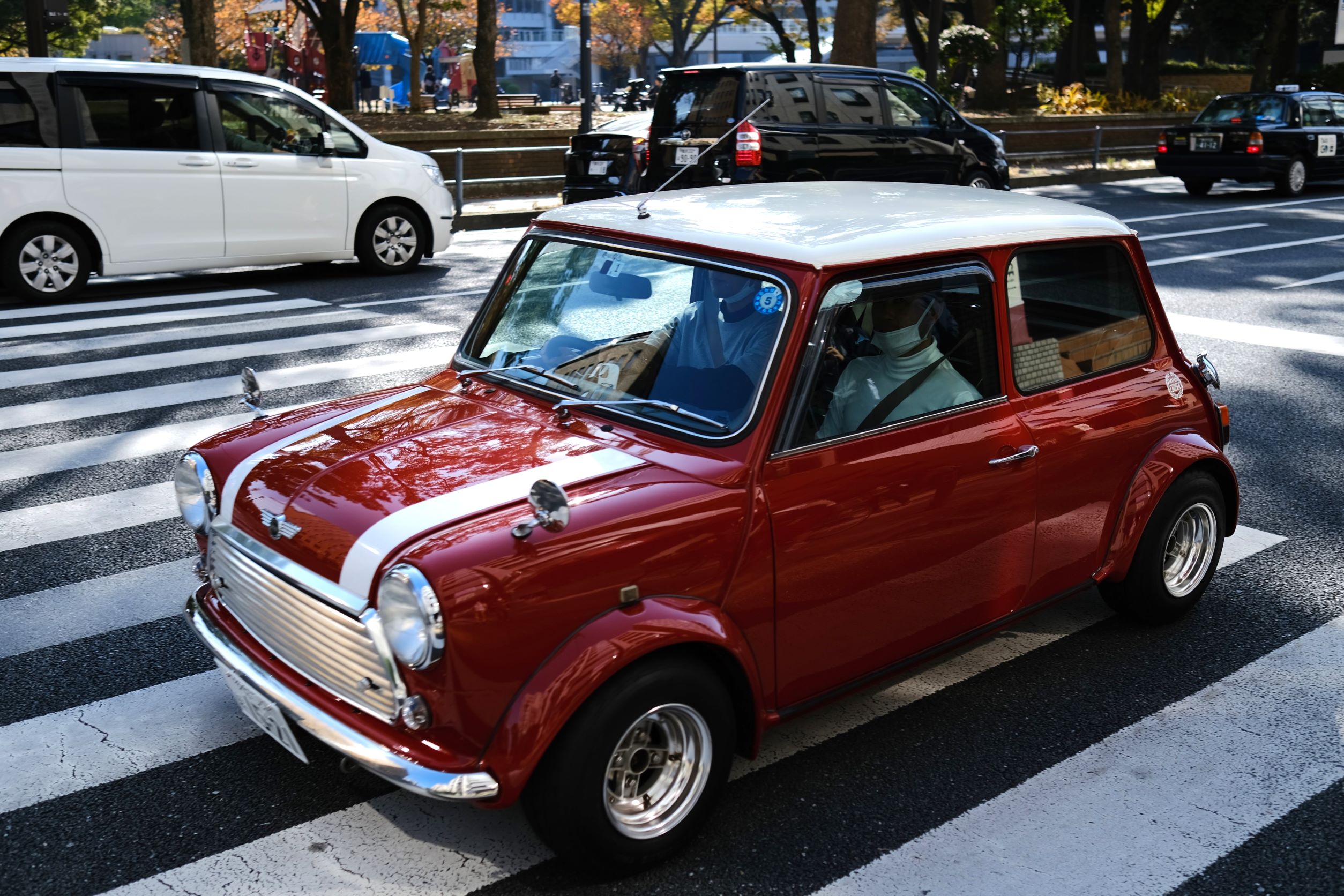
Fujifilm X-Pro3, Fujinon XF 23mm f1.4 lens
Astia film simulation
Yokohama, Japan - November 2022
Image resized smaller than original
Astia film simulation
Yokohama, Japan - November 2022
Image resized smaller than original
Yokosuka_Mike
Abstract Clarity
Here comes the Speedster!

*

Fujifilm X-T2, Fujinon XF 35mm f2 lens
Astia film simulation
Yokohama, Japan - November 2022
Image resized smaller than original
Astia film simulation
Yokohama, Japan - November 2022
Image resized smaller than original
David Hughes
David Hughes
Still no Citroen "Safari" Has no one seen or heard of them?
Yokosuka_Mike
Abstract Clarity
Still no Citroen "Safari" Has no one seen or heard of them?
Sorry, I got no Safari. How about a Lotus Seven? Will that do?
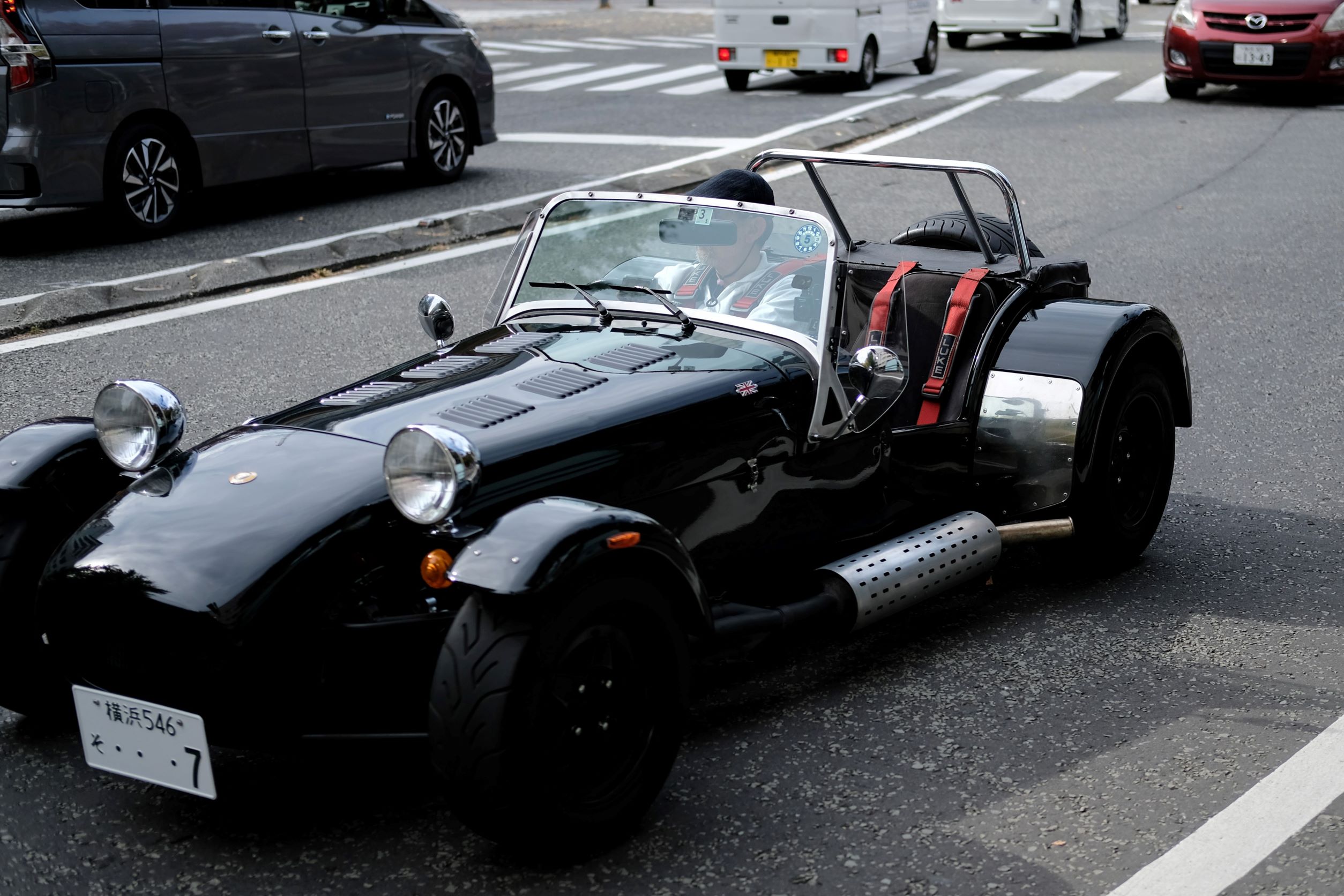
Mike
Certainly have, some years ago I spent a bit of time helping a friend with what might have been the finest Safari in the world, it was a full nut and bolt restoration to exacting standards when completed. But here's an image of another example.Still no Citroen "Safari" Has no one seen or heard of them?
1972 Citroën DS23 Safari
I can't recall if I posted these a few pages back—possibly. It's a "DS23" Safari. Strictly speaking, D typology dictates Safaris are an ID, not DS, but, by the time the 23 Safaris were released, Citroën had elevated it to DS status with DS23 badging. And wagons were endowed with the DS type trolley brake valve harking back to 1955, like a true DS; they always sort of had a foot in each camp (unlike ID sedans which only ever had doseur brake valves, if not master cylinders, in some cases).
John's 23 is a 1972 from memory. 1974 was a huge import year for Ds in Australia, but 72 was the crossover period from 21 to 23, so his car would have been one of the earlier 23 Safaris to land here.
Like 99% of 23s imported into Australia it is a manual transmission. Whilst there are some DS19, 20 and 21 BVH transmission cars in Australia, new Australian Design Rules came into force which, among other things, required all automatic transmission cars to incorporate a parking lock. Wrongly (in my view) the hydraulic shift 23s were classed as an "automatic" under the ADRs and, not having a locking pawl, could not be imported. Hence, we only got the five speed column shift (a nice box in itself) or the Borg Warner three speed automatic 23s. A few BVH 23s, including a Safari or two, were privately imported over the years (including I believe a black 23 Pallas for the French embassy in Canberra,) but they are very uncommon.
Here's the front of John's 23 Safari.
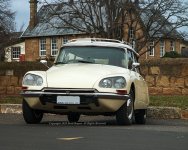
1972 Citroën DS23 Safari
Dralowid
Michael
When did they stop assembling Ds in Heidlberg near Melbourne?
David Hughes
David Hughes
Certainly have, some years ago I spent a bit of time helping a friend with what might have been the finest Safari in the world, it was a full nut and bolt restoration to exacting standards when completed. But here's an image of another example.
1972 Citroën DS23 Safari
I can't recall if I posted these a few pages back—possibly. It's a "DS23" Safari. Strictly speaking, D typology dictates Safaris are an ID, not DS, but, by the time the 23 Safaris were released, Citroën had elevated it to DS status with DS23 badging. And wagons were endowed with the DS type trolley brake valve harking back to 1955, like a true DS; they always sort of had a foot in each camp (unlike ID sedans which only ever had doseur brake valves, if not master cylinders, in some cases).
John's 23 is a 1972 from memory. 1974 was a huge import year for Ds in Australia, but 72 was the crossover period from 21 to 23, so his car would have been one of the earlier 23 Safaris to land here.
Like 99% of 23s imported into Australia it is a manual transmission. Whilst there are some DS19, 20 and 21 BVH transmission cars in Australia, new Australian Design Rules came into force which, among over things, required all automatic transmission cars to incorporate a parking lock. Wrongly (in my view) the hydraulic shift 23s were classed as an "automatic" under the ADRs and, not having a locking pawl, could not be imported. Hence, we only got the five speed column shift (a nice box in itself) or the Borg Warner three speed automatic 23s. A few BVH 23s, including a Safari or two, were privately imported over the years (including I believe a black 23 Pallas for the French embassy in Canberra,) but they are very uncommon.
Here's the front of John's 23 Safari.
1972 Citroën DS23 Safari
Thanks; I did a search a while ago and found one being restored by one of those firms that strip them down completely and then do a complete rebuild. It said "price on application" but I didn't ask.
Taipei-metro
Mentor
Michael,When did they stop assembling Ds in Heidlberg near Melbourne?
A quick look in Reynolds' Original Citroen DS book suggests Heidelberg assembled IDs for five years from 1961 to 1966. Last time the subject came up in conversation with a friend who is knowledgeable on D matters in Australia, it was suggested fewer than a dozen Australian-assembled IDs are still in use: probably closer to half that. We have two roadworthy examples in Tasmania in good condition, I believe a red one made an earlier appearance in one of my photographs. It's always exciting to see it. Any first front D is rare just about everywhere, in 2022.
Cheers,
Brett
David Hughes
David Hughes
Share:
-
This site uses cookies to help personalise content, tailor your experience and to keep you logged in if you register.
By continuing to use this site, you are consenting to our use of cookies.


